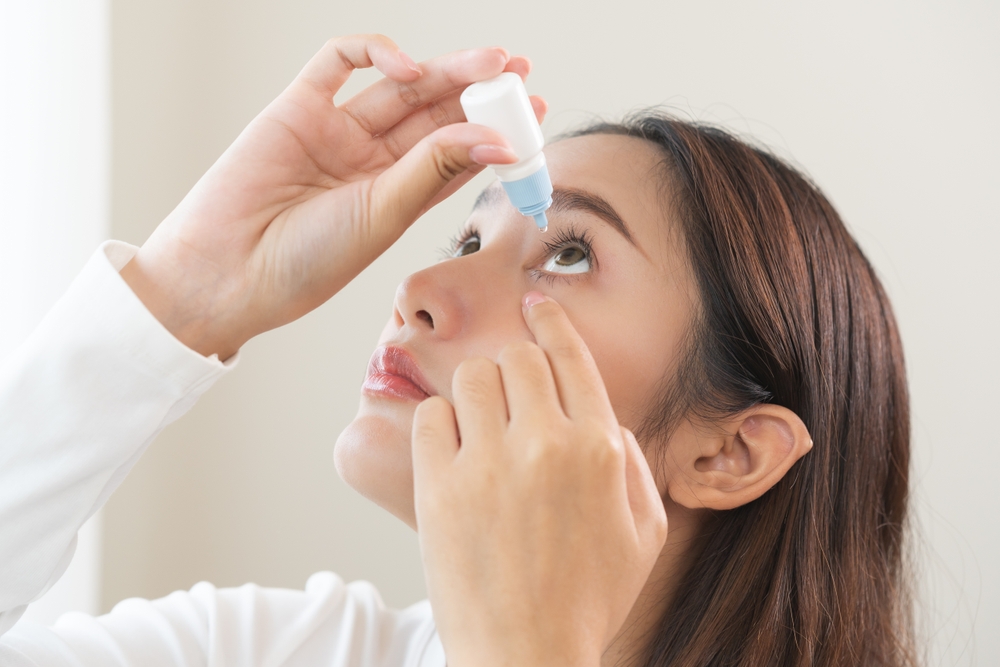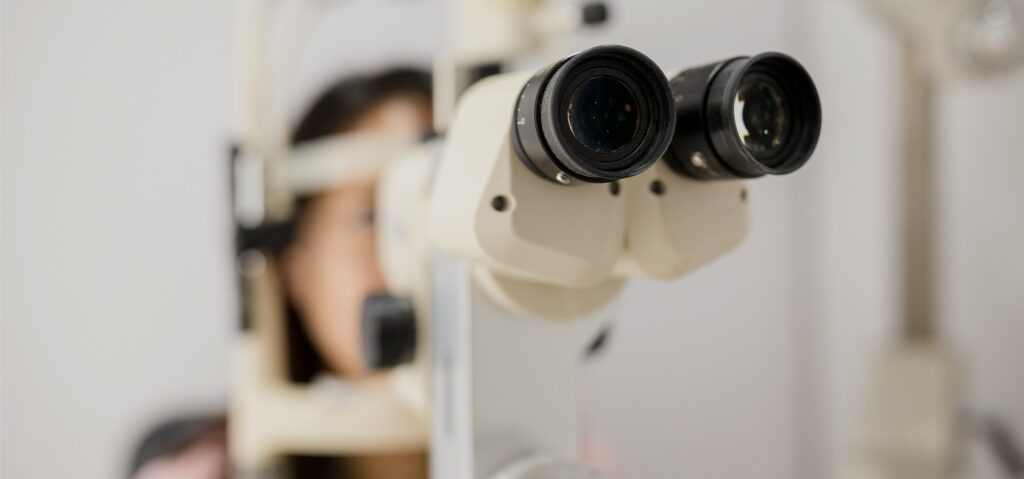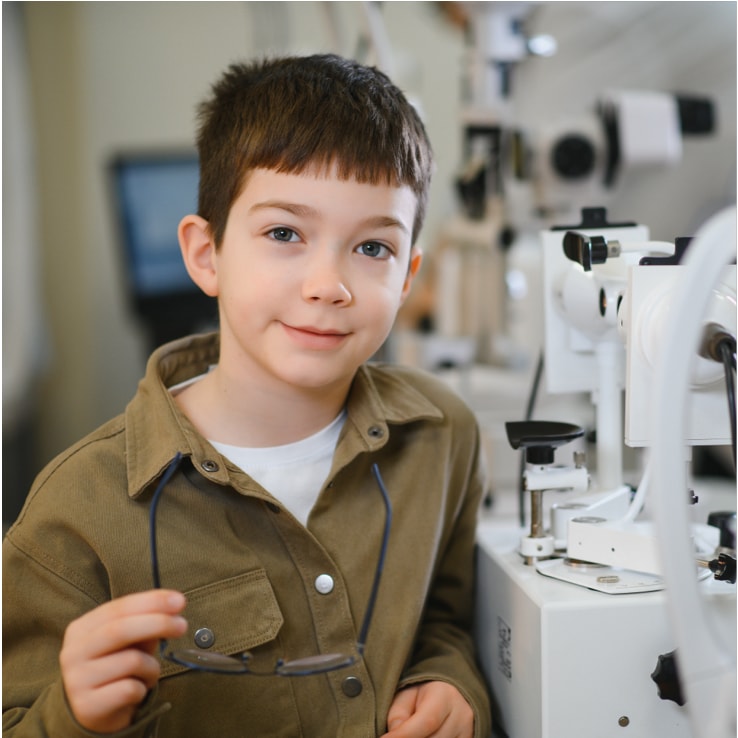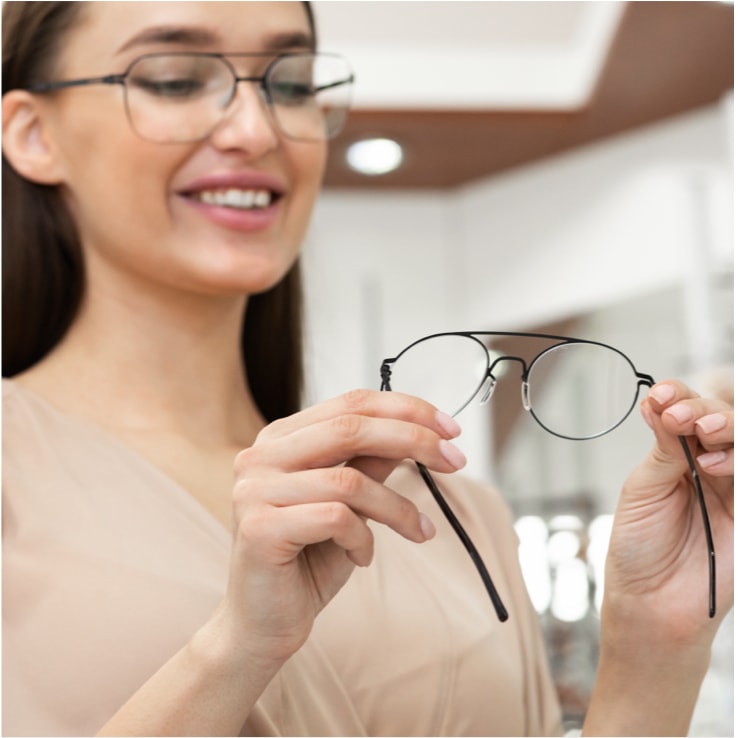Dry eye is a common and often chronic condition that affects millions of people worldwide. It occurs when your eyes do not produce enough tears or when the tears evaporate too quickly, leading to discomfort, irritation, and even vision problems.
What Causes Dry Eye?
Dry eye can be caused by a variety of factors, including age, environmental conditions, certain medical conditions, and even the medications you take. As you get older, your tear production can decrease, making you more susceptible to dry eye. Environmental factors, such as exposure to dry air, wind, or smoke, can also contribute to the problem. Certain medical conditions, like Sjögren’s syndrome, rheumatoid arthritis, and diabetes, can also increase your risk of developing dry eye.
Risk Factors for Dry Eye
In addition to age and environmental factors, there are several other risk factors for dry eye, including:
- Gender: Women are more likely to develop dry eye than men, especially during and after menopause.
- Medications: Certain medications, such as antihistamines, decongestants, and antidepressants, can reduce tear production and contribute to dry eye.
- Digital eye strain: Prolonged use of digital devices, such as computers, smartphones, and tablets, can lead to decreased blink rate and increased evaporation of tears.
- Refractive surgery: Procedures like LASIK can sometimes cause dry eye as a side effect.
- Contact lens wear: Wearing contact lenses, especially for extended periods, can disrupt the tear film and lead to dry eye.
Can Dry Eye be Prevented?
While it’s not always possible to completely prevent dry eyes, especially if you’re genetically predisposed or have underlying medical conditions like autoimmune diseases or hormonal changes, there are effective strategies that can help reduce the risk and manage symptoms.
One of the key ways to minimize the risk of developing dry eyes is by maintaining good eye hygiene and practicing healthy habits. This includes staying hydrated, blinking regularly, especially when using digital devices for long periods, and ensuring your environment isn’t overly dry. Humidifiers can help maintain moisture in the air, while using protective eyewear in windy or dusty conditions can shield your eyes from environmental irritants that may worsen dryness.
For those prone to dry eye, using artificial tears or lubricating eye drops regularly can help supplement natural tear production. In addition, taking breaks from screen time and adjusting your workspace to reduce glare and eye strain can also significantly help. While it’s not always possible to entirely prevent dry eyes, especially as we age, implementing these strategies can reduce the severity of symptoms and improve overall eye comfort.
Early Detection and Treatment
Regular eye exams are crucial for the early detection and treatment of dry eye. Your eye doctor can assess the health of your eyes, identify any underlying causes, and recommend appropriate treatment options to help manage your symptoms and prevent the condition from worsening.
Schedule Your Consultation with Grove Eye Care Today
Dry eye is a common and often chronic condition, but with the right strategies and a proactive approach to eye health, you can take steps to prevent or manage this condition. By understanding the risk factors, maintaining good eye hygiene, and seeking regular eye exams, you can help keep your eyes healthy and comfortable for years to come.
Contact Grove Eye Care to schedule your comprehensive eye exam and learn more on how to prevent dry eye. Visit our office in Richmond or Midlothian, Virginia. Call (804) 353-3937 or (804) 888-8998 to book an appointment today.

















